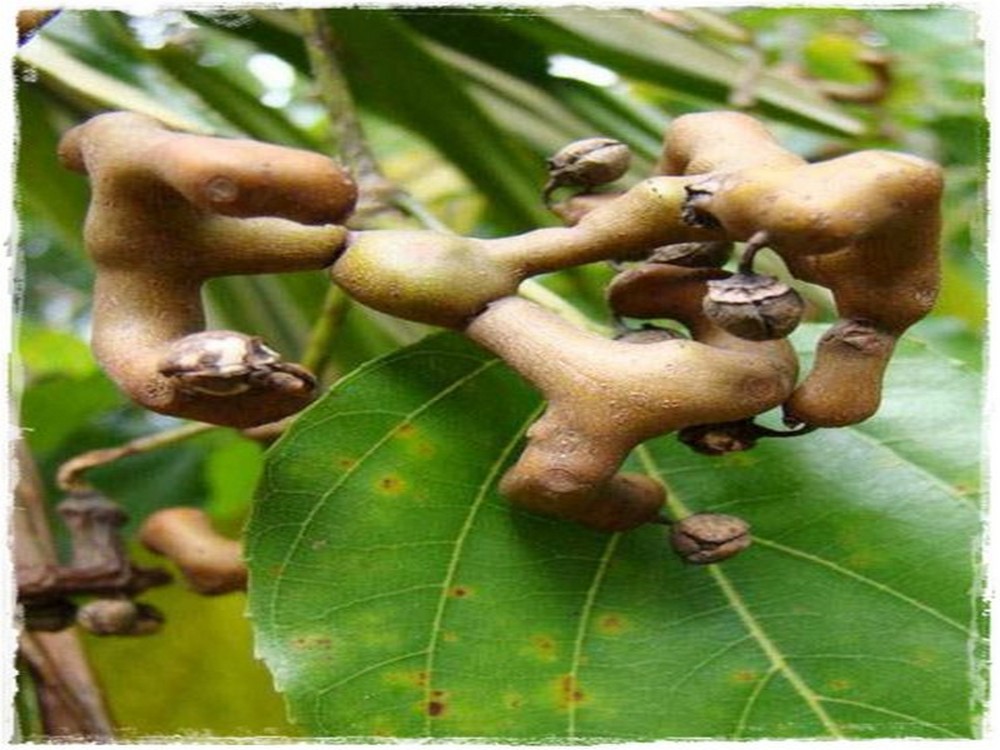Hovenia Dulcis (anti-alcoholic)
Click on the photo to zoom
![]() For more information contact us at 26510 22282
For more information contact us at 26510 22282
Product description
Hovenia - Hovenia dulcis its tea is a medicine against alcoholism and hangover The Hovenia plant (Hovenia dulcis), also known as Japanese currant or Oriental currant, is a hardy tree found in Asia, from eastern China, Japan and Korea to the Himalayas (at an altitude of up to 2,000 m). It prefers sunny locations with moist sandy or clay soil. It has been introduced to various countries as an ornamental, but its fruits are also edible. It belongs to the genus Hovenia of the family Rhamnaceae and is one of the three species of Hovenia. The other two are acerba and trichocarpa. This particular species, dulcis, has two varieties known as Tomentella and Koreana.
It grows mainly as a tree, and rarely as a shrub, it is deciduous and reaches a height of 10 to 30 meters. It forms smooth twigs in brown or black-purple color with indistinct dots. Its glossy leaves are large and pointed. In July, the trees produce clusters of small cream hermaphrodite flowers. Drupes (hard-seeded fruits) appear at the ends of the edible stems, which are fleshy and form part of the fruit, sort of like appendages of the fruit.
Hovenia dulcis is often grown as an ornamental for pots or for landscaping and parking lots. This is because it has upright, showy flowers and fruit, along with a moderate growth rate. Propagation is by seeds or cuttings. The fleshy spine of the inflorescence is sweet, aromatic and eaten raw or cooked. They can be dried when they have a sweet raisin flavor and texture and can be used similarly. The fruit is sweet and aromatic, with a pear flavor. Dry and sub-acidic. It is not a real fruit, but a swollen stem.
The fruit reaches up to 3 cm long], contains 11.4% glucose, 4.7% fructose and 12.6% sucrose. A sweet extract of the seeds, twigs and small leaves can be substituted for honey and is used to make wine and sweets. The seed contains 15% protein and 7.8% oil. The leaf extract contains hodulcine (or hoduloside), a glycoside with anti-sweetening activity. Also, the flavanone Ampelopsin, a flavanoid credited with hepatoprotective effects and anti-inflammatory activity, was found in H. dulcis. This is why Hovenia dulcis has traditionally been used as an herb to treat alcoholism and hangovers.
There is at least one study that finds that, when taken before drinking, it can lower blood alcohol levels. Hovenia dulcis is used in traditional Chinese medicine for drug and alcohol hangovers in all areas around China, Japan, Korea, and the Himalayas. In December 2008, the Korea Food & Drug Administration approved that extracts from the fruits of Hovenia dulcis can protect the liver and help it recover from substances such as alcohol. The main chemical for this action of Hovenia dulcis is Quercetin, which has anti-inflammatory and antioxidant properties.
Hovenia dulcis is generally used for economic reasons as a bee-trophic plant in honey production, as an ornamental plant in the environment and as a fruit for consumption. The wood is thin and hard and is used to make buildings, wood carvings and elegant furniture.





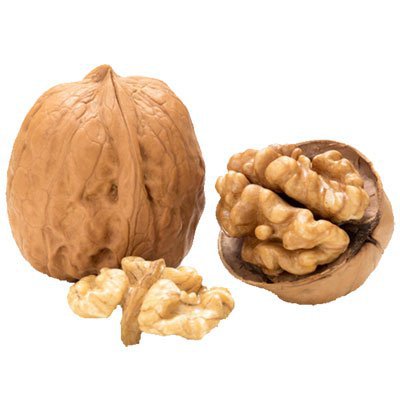

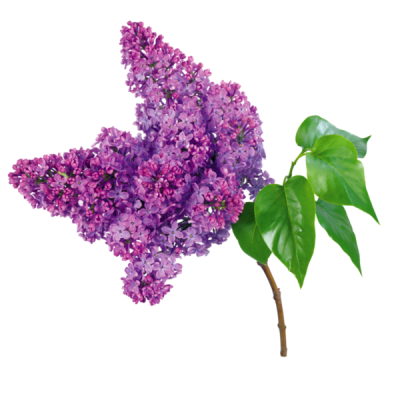

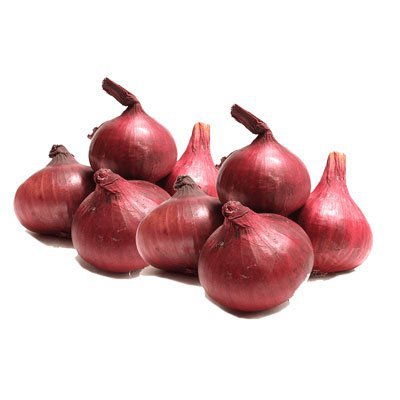






 Forest Fruit Plants
Forest Fruit Plants Spice Herbs Medicinal seeds
Spice Herbs Medicinal seeds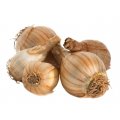 Bulbs
Bulbs Fruit Trees
Fruit Trees Garden Materials
Garden Materials Ornamental Plants
Ornamental Plants Grapevine Plants
Grapevine Plants Onion Set
Onion Set Fertilizers
Fertilizers Potato seed
Potato seed Seeds
Seeds Roses
Roses Tropical Plants
Tropical Plants Home Pesticides
Home Pesticides